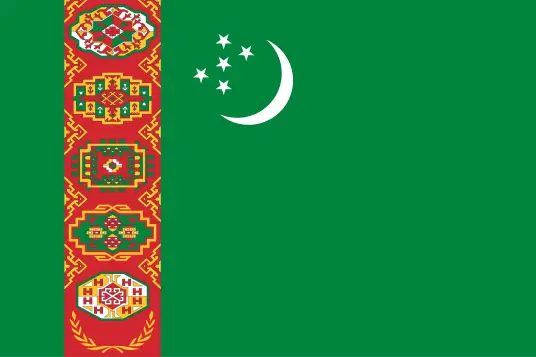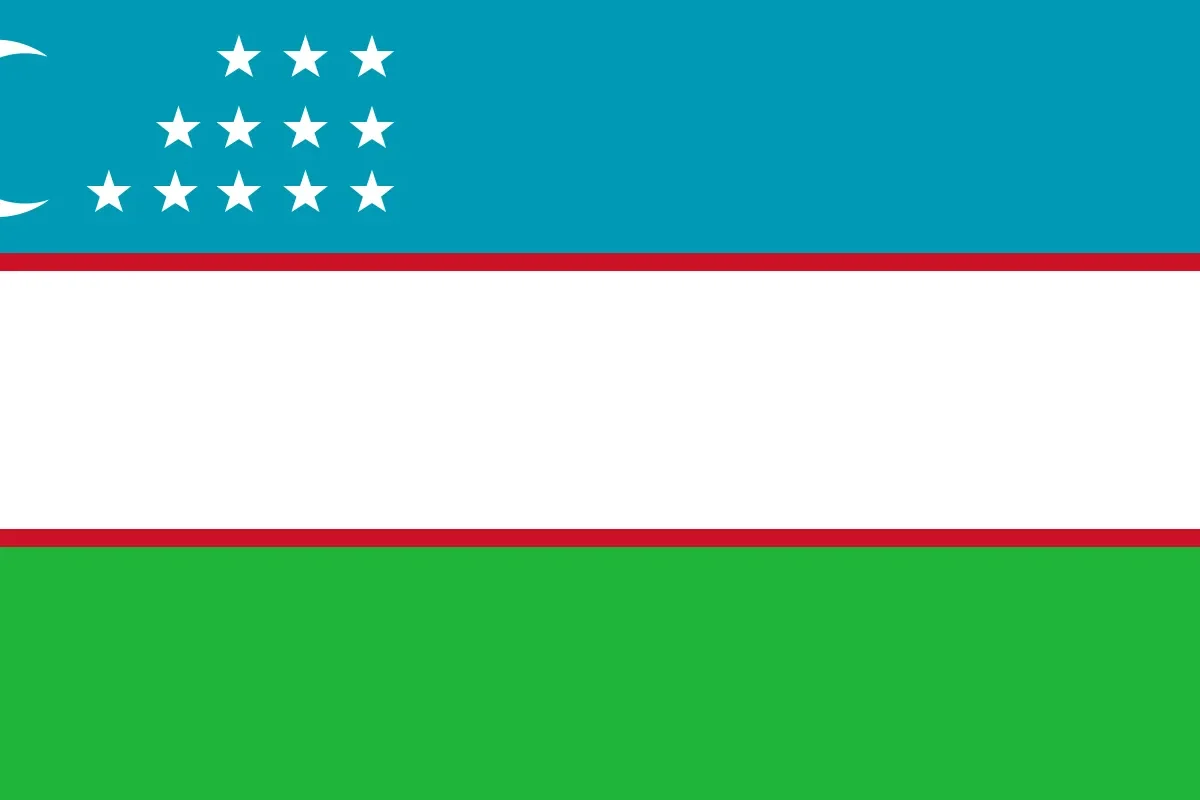The Asia-Pacific Commerce and Industry Confederation (APCIC) is pleased to present this comprehensive guide to Russia, a major global economy and a key player in energy, technology, and resource sectors. This report explores Russia’s economic landscape, key industries, trade policies, taxation framework, and strategic recommendations to support APCIC members in exploring trade and investment opportunities in this vast and resource-rich nation.
1. Panorama económico
Russia, spanning Eastern Europe and Northern Asia, is the largest country in the world by land area and holds a significant position in global trade. With a GDP of approximately $2.3 trillion in 2023, Russia remains a pivotal energy exporter and an emerging hub for industrial and agricultural development.
Principais indicadores económicos:
- crescimento do PIB: Estimated at 2.3% in 2023, driven by domestic demand and industrial production.
- População: Approximately 143 million, with a skilled and highly educated workforce.
- Taxa de inflação: Stabilized at 4.8%, reflecting monetary policy effectiveness.
2. Principais sectores de atividade
Russia’s economy is heavily diversified, with strengths in traditional and emerging sectors:
- Energy and Resources: As one of the largest exporters of oil and natural gas, Russia plays a crucial role in global energy security.
- Mining and Metallurgy: A top global producer of diamonds, nickel, aluminum, and platinum.
- Agricultura: Russia is a major exporter of wheat, sunflower oil, and fish, with growing investments in food processing.
- Technology and IT: The IT sector is rapidly developing, with advancements in cybersecurity, software development, and e-commerce.
- Fabrico: Aerospace, automotive, and defense industries are key drivers of economic output.
3. Políticas comerciais
Russia’s trade policies emphasize its role as a global supplier of resources and manufactured goods:
- World Trade Organization (WTO): Russia is a WTO member, ensuring adherence to international trade norms.
- União Económica Eurasiática (EAEU): Facilitates free trade within member states, including Kazakhstan, Belarus, Armenia, and Kyrgyzstan.
- Regional Trade Partnerships: Russia is enhancing trade relations with Asia-Pacific nations to diversify its export markets.
4. Enquadramento fiscal
Russia’s tax system is structured to attract foreign direct investment (FDI) while maintaining fiscal stability:
- Imposto sobre as sociedades: The standard rate is 20%, with reduced rates for specific industries and regions.
- Imposto sobre o Valor Acrescentado (IVA): Set at 20%, with reduced rates for certain goods such as food and medical supplies.
- Imposto sobre o rendimento das pessoas singulares: A flat rate of 13% applies to most residents, with higher rates for non-residents and high-income earners.
- Incentivos: Tax holidays and exemptions are available in priority sectors such as technology, agriculture, and green energy.
5. Clima de investimento
Russia’s investment climate is shaped by its rich natural resources, infrastructure development, and government support for key sectors:
- Riqueza dos recursos naturais: Extensive reserves of oil, gas, and minerals provide opportunities in energy and mining.
- Infra-estruturas: Major investments in transportation, ports, and digital infrastructure enhance connectivity and efficiency.
- Zonas Económicas Especiais (ZEE): SEZs offer tax breaks, simplified regulations, and support for high-tech industries and export-oriented projects.
- Mão de obra qualificada: A strong emphasis on science, engineering, and technology education provides a competitive talent pool.
6. Recomendações estratégicas
For APCIC members considering investments or trade in Russia:
- Leverage Energy Expertise: Partner with Russian firms in oil, gas, and renewable energy projects to tap into global energy markets.
- Invest in Technology Hubs: Establish R&D centers in cities like Moscow and St. Petersburg, which are emerging as innovation hubs.
- Explore Agricultural Exports: Collaborate on food processing and export of high-demand products such as grains and dairy.
- Participate in Infrastructure Projects: Engage in rail, port, and urban development projects, supported by government incentives.
- Adapt to Regional Dynamics: Focus on trade opportunities in Asia-Pacific and EAEU member states to mitigate geopolitical risks.
Conclusão
Russia’s strategic location, abundant resources, and growing diversification efforts under its economic modernization strategy present significant opportunities for APCIC members. By leveraging this guide, members can navigate the complexities of the Russian market and position themselves for success in this influential global economy.




